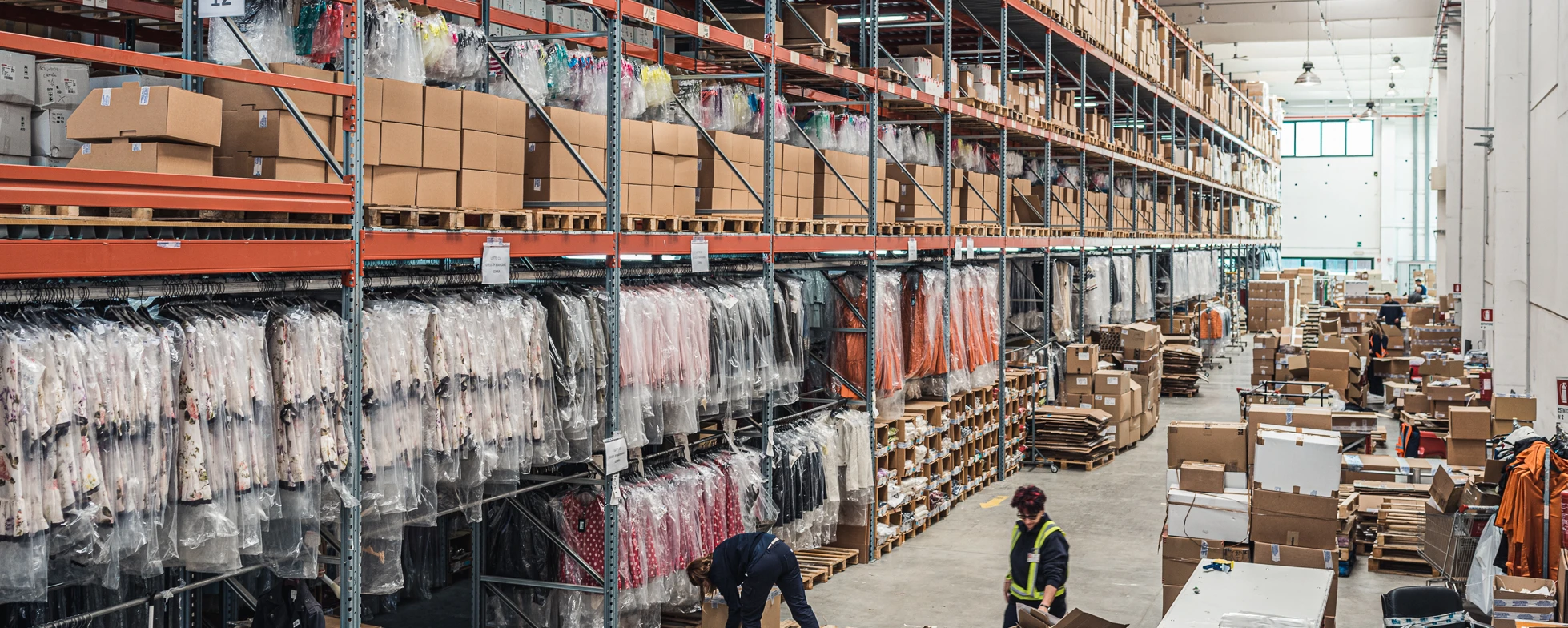Since the origins of haute couture, luxury fashion has thrived on scarcity, exclusivity and meticulous craftsmanship—but its hidden byproduct has long been waste. Today, the global apparel sector is responsible for roughly 10 % of greenhouse-gas emissions—more than aviation and shipping combined—and generates some 92 million tonnes of textile waste every year. Behind the runway glamour, brands such as Armani, Versace or Dolce & Gabbana routinely produce 15 % or more above anticipated demand to avoid stockouts; the unsold surplus—known in industry parlance as “deadstock”—has historically been consigned to landfills or incinerators, representing an estimated USD 120 billion of unused textiles sitting idle in warehouses.
Enter a new chapter in fashion’s story: the deadstock revolution, which rescues these surplus luxury goods and redirects them into the circular economy. Rather than discarding finished garments that have already absorbed the energy, water and chemicals of production, deadstock specialists offer them at significant markdowns—extending their life, maximizing resource efficiency and making authentic designer pieces more accessible. The environmental upside is profound: avoiding the manufacture of a new cotton T-shirt spares some 2,700 litres of water—enough to meet a person’s drinking needs for 900 days—and sidesteps a share of the sector’s energy use and dye-bath pollution (textile dyeing alone accounts for roughly 20 % of global industrial wastewater). Moreover, adopting circular practices like deadstock reuse could cut up to 143 million tonnes of CO₂-equivalent emissions by 2030, steering fashion closer to a 1.5 °C carbon pathway.
Pioneering this approach over three decades ago, Styliafoe was founded in 1994 by Michele Di Leva and Maria Lucilla Dulizia. Since then, it has grown into a B2B network serving over 45,000 retailers worldwide, sourcing surplus stock from more than 150 prestigious brands and maintaining an inventory of over 300,000 ready-to-ship items. What began as a niche wholesale opportunity has evolved into a seamless platform—powered by advanced logistics and inventory management—that matches high-end deadstock with demand across Europe, Asia and the Americas, all while slashing waste and preserving the intrinsic value of these garments.
This convergence of sustainability and luxury reflects broader shifts in consumer values and technology. Shoppers now prize transparency—wanting to trace a piece’s journey from runway to resale—and view eco-conscious provenance as the ultimate status symbol. Meanwhile, AI-driven forecasting and global distribution networks enable companies like Styliafoe to optimize assortments in real time, reducing the unpredictability that once plagued deadstock models. Collaboration among brands, wholesalers and digital marketplaces is closing the loop on overproduction, paving the way for an industry where waste is the exception, not the rule.
The deadstock revolution demonstrates that responsibility and exclusivity need not be mutually exclusive. By transforming surplus into opportunity, companies such as Styliafoe are proving that luxury can evolve without sacrificing ethics or profitability. As consumers continue to demand both beauty and sustainability, the story of fashion will increasingly be written not in landfills, but in the extended lifecycles of its most exquisite creations.
